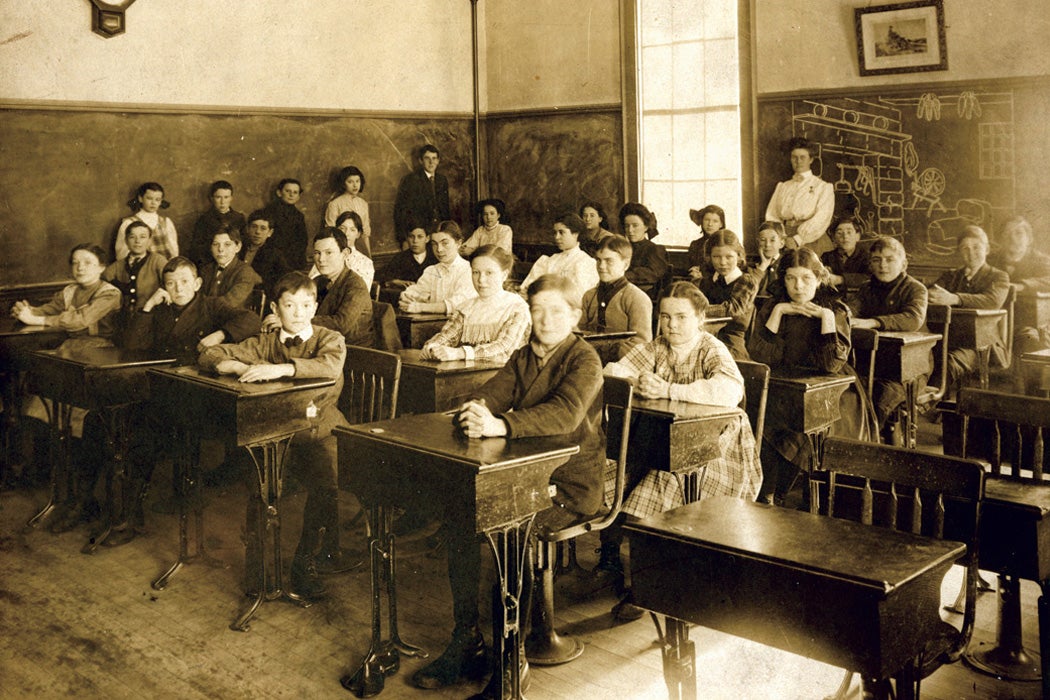White Women’s Role in School SegregationPosted in Articles, Asian Diaspora, Campus Life, History, Media Archive, Passing, Social Science, United States, Women on 2019-01-07 01:45Z by Steven |
White Women’s Role in School Segregation
JSTOR Daily
2019-01-04
Livia Gershon
Nashua, New Hampshire
 via Flickr |
White American women have long played significant roles in maintaining racist practices. One sociologist calls the phenomenon “social mothering.”
In recent years, many public conversations about American racism have focused on white women—their votes for Trump, their opposition to school desegregation, their calls to the police about black people doing innocuous things. As sociologist Joseph O. Jewell points out, however, this is nothing new. White women have long played a role in maintaining institutional racism in this country.
Jewell focuses on two nineteenth-century incidents involving school segregation. The post-Civil War era was a time of changing racial and gender ideologies. White Anglo-Protestant families in U.S. cities viewed the growing visibility of upwardly mobile racial outsiders as a threat. Meanwhile, public schools and other institutions serving children were growing, creating new roles for middle-class white women—what Jewell calls “social mothering.”
In 1868, a white New Orleans engineer and Confederate army veteran learned there were nonwhite students attending his daughter’s school. When questioned, the school’s principal, the ironically-named Stephanie Bigot, provided a list of twenty-eight students “known, or generally reputed to be colored”—presumably girls whose appearances were passably “white.” Bigot claimed that she had no knowledge of their racial backgrounds but that there were rumors among the student body that they were not white.
Jewell writes that the enrollment of racially ambiguous girls posed a particular threat to white New Orleans families. “Allegations of racial passing compromised the entire student body’s ability to secure either marriage into a ‘good’ family or ‘respectable’ employment,” he writes…
Read the entire article here.